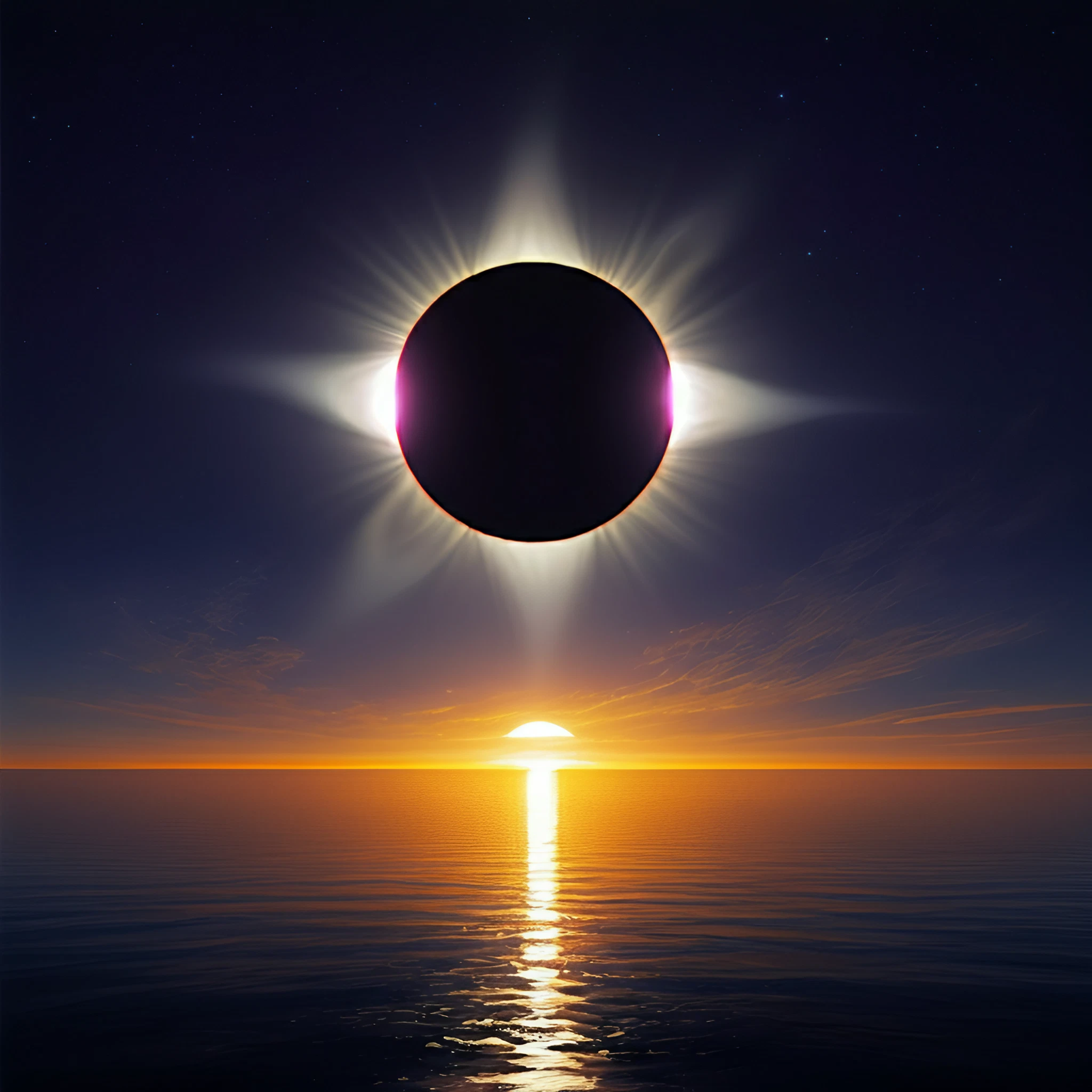The cosmos is gifting us with one of nature’s most fascinating celestial events in 2024. A total solar eclipse will grace our skies on April 8, 2024, capturing the attention of astronomers, scientists, and skywatchers across the globe. Whether you’re a seasoned space enthusiast or simply curious about this extraordinary phenomenon, here’s everything you need to know to prepare for this awe-inspiring event.
What is a Solar Eclipse?
A solar eclipse occurs when the Moon passes between the Earth and the Sun, blocking all or part of the Sun’s light. During a total solar eclipse, the Moon entirely covers the Sun, casting a shadow on Earth and creating daytime darkness in specific areas. This brief period, known as totality, offers a unique cosmic spectacle that has fascinated humankind for centuries.
The Path of Totality for the 2024 Solar Eclipse
The “path of totality” refers to the narrow band where observers can experience the total solar eclipse. The 2024 solar eclipse will stretch from Mexico, across the United States, and into Canada. While other locations nearby may witness a partial eclipse, only those in the path will experience the full, breathtaking coverage of the Sun.
Key Locations for Viewing Totality:
- Texas: Cities like San Antonio and Austin will experience totality.
- Ohio: Cleveland falls within the path’s trajectory.
- New York: Buffalo and parts of upstate New York are prime viewing locations.
- Canada: Southern Ontario, including Niagara Falls and Toronto.
Totality Duration:
The duration of totality will vary depending on your location, lasting up to 4 minutes and 26 seconds in some areas. This makes it one of the longer solar eclipses to occur in recent history!
Safety Precautions for Viewing the Eclipse
Unlike a lunar eclipse, where the Moon turns red in Earth’s shadow and is safe to view, directly looking at a solar eclipse without protection can cause serious eye damage. Here’s how to protect yourself while enjoying the event:
- Use Eclipse Glasses: Glasses with ISO certification are essential for safely observing the Sun.
- Pinhole Projector: Create a simple projector to indirectly view the eclipse with household items like paper and foil.
- Avoid Regular Sunglasses: Regular sunglasses do not provide enough protection for your eyes.
- Supervise Children: Ensure young viewers are properly guided when observing the eclipse.
Best Times and Locations for Viewing
The 2024 total solar eclipse has a detailed timeline depending on your location. Here are some estimated local times for totality:
- Mazatlán, Mexico: Around 11 a.m. local time
- Dallas, Texas: Starts at approximately 1:40 p.m. CDT
- Indianapolis, Indiana: Peaks close to 3 p.m. EDT
- Montreal, Canada: Totality at 3:30 p.m. EDT
Observers are urged to arrive early at their chosen viewing spot, as popular destinations along the path of totality are expected to draw large crowds.
Scientific Significance of the Solar Eclipse
Beyond its visual appeal, the 2024 solar eclipse brings exciting opportunities for scientists and researchers. Scientists will observe the corona, the outer layer of the Sun’s atmosphere, which is only visible during totality. Insights gained during this eclipse can contribute to our understanding of solar winds, magnetic fields, and space weather phenomena.
Amateur astronomers and photographers are also encouraged to document the event. Your photos and data can offer valuable contributions to ongoing research studies.
How to Make the Most of the Eclipse
Want to make this celestial event unforgettable? Here are some tips to ensure you’re fully prepared:
- Plan Your Viewing Location: Choose a spot within the path of totality to experience the full eclipse.
- Weather Matters: Check the weather forecast to avoid obstructed views caused by clouds.
- Pack Essentials: Bring eclipse glasses, water, snacks, and a camera or telescope if you wish to capture the event.
- Join a Viewing Party: Connect with other space enthusiasts for a communal viewing experience.
Share the Magic, Stay Connected
Events like the 2024 solar eclipse remind us of the wonders of the universe and our shared curiosity about space. Here’s how you can be part of the excitement:
- Spread Awareness: Share this article with friends and family so they can plan their viewing experience.
- Show Us Your Photos: Submit your eclipse photos to our community gallery and share your unique perspective.
- Stay Informed: Subscribe to our newsletter for updates on celestial events and fascinating space content.
The solar eclipse of 2024 is set to be nothing short of extraordinary. Mark your calendars for April 8th, stock up on your eclipse-viewing gear, and prepare for an unforgettable cosmic experience. Don’t forget to look up and marvel at the universe’s incredible wonders!








